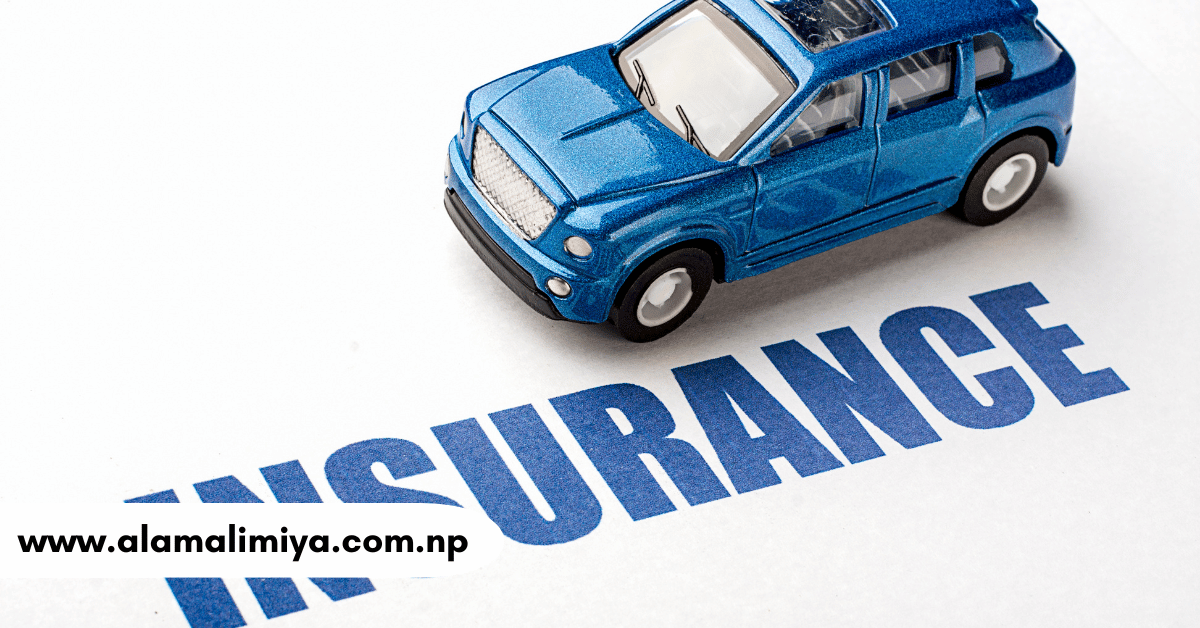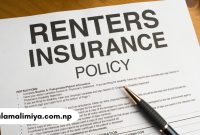Understanding Car Insurance: A Complete Breakdown
Car insurance is more than just a legal requirement—it’s a vital protection mechanism against financial loss due to accidents, theft, and unexpected damages. In 2025, with evolving traffic conditions, enhanced vehicle technology, and rising repair costs, having the right car insurance policy is essential.
Car insurance typically covers three main areas:
- Liability Coverage: Covers damages to other parties if you’re at fault.
- Collision Coverage: Pays for repairs to your own car after an accident.
- Comprehensive Coverage: Protects against theft, fire, natural disasters, and vandalism.
Why Car Insurance is Mandatory
In most countries, car insurance is legally required. It ensures that all drivers can cover the cost of damages or injuries they may cause. Driving without insurance can lead to fines, license suspension, or even imprisonment. It also helps reduce the financial burden on public systems when uninsured accidents occur.
Types of Car Insurance Policies
1. Third-Party Liability Insurance
This is the minimum legal requirement in many regions. It covers damage to other people’s property and injury to others but does not cover your own vehicle.
2. Comprehensive Car Insurance
A full coverage option that includes both third-party and own-damage cover. It also often includes add-on benefits like roadside assistance, zero depreciation, and engine protection.
3. Collision Insurance
This policy strictly covers accidents involving your own vehicle, whether the accident involves another vehicle or an object (like a tree or wall).
4. Personal Injury Protection (PIP)
Also known as no-fault insurance, PIP covers medical expenses for you and your passengers regardless of who was at fault in the accident.
5. Uninsured/Underinsured Motorist Coverage
Protects you in situations where the other party has insufficient or no insurance, which is more common than most drivers realize.
Key Factors That Affect Car Insurance Premiums
The cost of your car insurance can vary significantly depending on the following:
- Driver’s Age and Experience: Young or inexperienced drivers pay higher premiums.
- Location: Urban areas with higher traffic density and theft rates lead to increased costs.
- Vehicle Type: Luxury or sports cars cost more to insure than standard vehicles.
- Driving Record: Clean records attract lower premiums.
- Credit Score: In some regions, a higher credit score equates to lower insurance premiums.
- Usage Frequency: Daily users pay more compared to occasional drivers.
Best Ways to Lower Your Car Insurance Costs
Reducing your car insurance premium doesn’t mean compromising on coverage. Here are smart strategies:
- Compare Quotes: Use online comparison tools to find the best deals.
- Bundle Policies: Combine auto insurance with home or life insurance for discounts.
- Increase Deductibles: Higher deductibles can reduce premium amounts.
- Maintain a Clean Driving Record: Avoid accidents and traffic violations.
- Install Anti-Theft Devices: Added security features reduce risk and cost.
- Use Telematics Devices: Some insurers offer discounts for safe driving tracked via apps or devices.
Choosing the Right Car Insurance Provider
When selecting a car insurance provider, look for:
- Financial Stability: Choose a company with a strong credit rating.
- Claim Settlement Ratio: A high ratio means a better chance your claim will be approved.
- Customer Reviews: Read real customer feedback.
- 24/7 Customer Service: Reliable support is critical during emergencies.
- Digital Experience: User-friendly apps and websites make management easier.
Top Add-Ons to Consider for Maximum Protection
To enhance your policy, consider these car insurance add-ons:
- Zero Depreciation Cover: Get full claim without considering depreciation.
- Engine Protection: Covers engine damage due to water ingression or oil leakage.
- Roadside Assistance: Emergency support including towing, fuel delivery, or flat tire help.
- Return to Invoice: Get the full purchase price of the car in case of total loss.
- Consumables Cover: Pays for parts like engine oil, coolant, and nuts/bolts.
The Claims Process: Step-by-Step Guide
Filing a car insurance claim can be stress-free when done right:
- Inform the Insurer: Immediately call your provider and inform them about the incident.
- File an FIR (if required): In case of theft or third-party damage.
- Document Everything: Take photos and collect witness statements.
- Submit the Claim: Through the insurer’s app or website.
- Survey & Approval: A surveyor inspects the car before approval.
- Repair & Reimbursement: Either cashless or reimbursement post-repair.
Car Insurance for Electric Vehicles (EVs)
With the rise of electric vehicles, insurance policies have evolved. EVs often come with:
- Battery Protection Add-Ons
- Higher Coverage for Charging Equipment
- Specialized Repair Networks
Although EV insurance premiums may be higher due to expensive components, many providers offer green discounts to encourage eco-friendly driving.
Annual Renewal Tips
Never let your policy lapse. Here’s how to ensure timely and smart renewal:
- Set Reminders: Auto-renewal or calendar alerts.
- Re-Evaluate Coverage: Adjust based on new car usage or upgraded features.
- No Claim Bonus (NCB): Don’t forget to apply NCB for discounts up to 50%.
Common Mistakes to Avoid with Car Insurance
Avoid these pitfalls to stay well-protected:
- Choosing Only Based on Price: Inadequate coverage can cost more in the long run.
- Not Reading the Fine Print: Understand exclusions and limitations.
- Failing to Update Information: Changes in address or car use must be reported.
- Overlooking Add-Ons: They often make a major difference at little cost.
Conclusion: Stay Covered, Stay Safe
Investing in the right car insurance is not just about legal compliance—it’s about peace of mind. With customized coverage, timely claims service, and value-added features, you ensure that both you and your vehicle are safeguarded against all unforeseen circumstances on the road.
Read Also:



